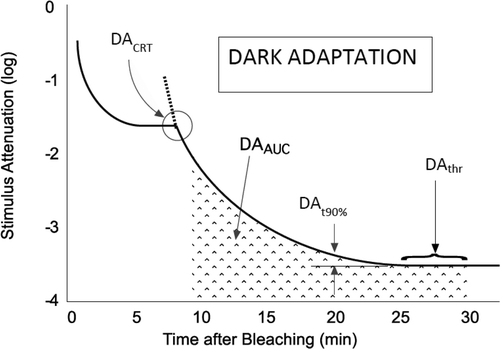Blueberries are super stars among health food advocates, who tout the fruit for not only promoting heart health, better memory and digestion, but also for improving night vision. Scientists have taken a closer look at this latter claim and have found reason to doubt that the popular berry helps most healthy people see better in the dark. Their report appears in ACS' Journal of Agricultural & Food Chemistry.
Wilhelmina Kalt and colleagues note that studies published decades ago provided the first hints that blueberries might improve people's night vision. Later lab experiments appeared to shore up these early findings. For example, anthocyanins, which are pigment molecules in blueberries and other plants, encourage the regeneration of key molecules in the eye involved in perceiving light. But reviews of the earlier clinical research that tested the effect of blueberries on night vision in human subjects revealed that the studies were poorly controlled. Kalt's team wanted to revisit the matter with a new set of carefully designed experiments.
The researchers found that a blueberry-supplemented diet did not improve sight in the dark, but they did help subjects recover normal vision after exposure to a bright light. The enhancement, however, was small and not likely noticeable to most healthy people, the researchers concluded. But they added that anthocyanins might improve visual health among people who have existing eye disorders, though this remains to be demonstrated with well-designed studies.
More information: "Blueberry Effects on Dark Vision and Recovery after Photobleaching: Placebo-Controlled Crossover Studies" J. Agric. Food Chem., 2014, 62 (46), pp 11180–11189. DOI: 10.1021/jf503689c
Abstract
Clinical evidence for anthocyanin benefits in night vision is controversial. This paper presents two human trials investigating blueberry anthocyanin effects on dark adaptation, functional night vision, and vision recovery after retinal photobleaching. One trial, S2 (n = 72), employed a 3 week intervention and a 3 week washout, two anthocyanin doses (271 and 7.11 mg cyanidin 3-glucoside equivalents (C3g eq)), and placebo. The other trial, L1 (n = 59), employed a 12 week intervention and an 8 week washout and tested one dose (346 mg C3g eq) and placebo. In both S2 and L1 neither dark adaptation nor night vision was improved by anthocyanin intake. However, in both trials anthocyanin consumption hastened the recovery of visual acuity after photobleaching. In S2 both anthocyanin doses were effective (P = 0.014), and in L1 recovery was improved at 8 weeks (P = 0.027) and 12 weeks (P = 0.030). Although photobleaching recovery was hastened by anthocyanins, it is not known whether this improvement would have an impact on everyday vision.
Provided by American Chemical Society























